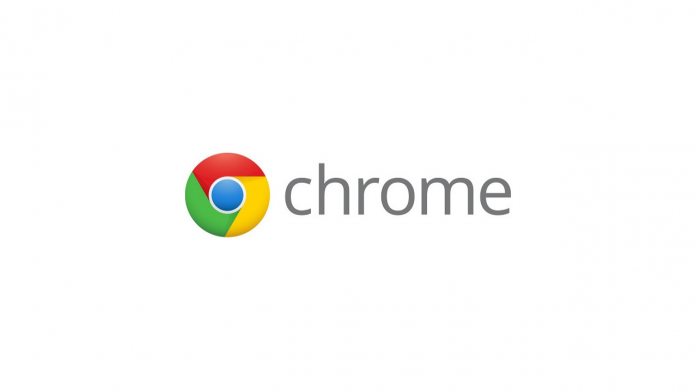PGO is available from today, rolling out with the latest version of Chrome. However, Tab Throttling won’t be joining the party just yet. Of course, what’s good for Chrome these days could also be good for Microsoft Edge. Redmond’s rival web browser also runs on Google’s Chromium base, so features can be shared between the two rival services. If you follow Chrome closely, you may have seen Profile Guided Optimization before. Google originally brought the feature to the browser back in version 53 for Windows 10 users. This was possible by leveraging Microsoft Visual C++.
New Version
However, Google no longer uses that environment and has moved to Clang. This shift happened in 2018, meaning the browser is now built using Clang on Windows. With the latest release of Chrome, Google is adding PGO to Mac and Windows versions on Clang. In its blog post, Google explains what PGO does to improve performance: “Simplified, Profile Guided Optimization (PGO) is a compiler optimization technique where the most performance-critical parts of the code can run faster. Because PGO uses real usage scenarios that match the workflows of Chrome users around the world, the most common tasks get prioritized and made faster.” As for Tab Throttling, it provides a way to push more resources to tabs you are using while reducing resources on background tabs. Google says this feature promises memory saving, battery improvements, and performance gains. Although, the company has yet to confirm when the feature will be available.




